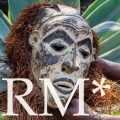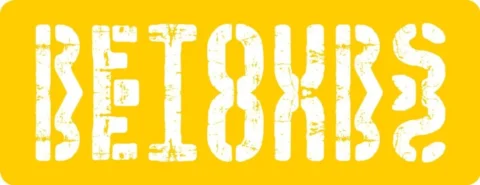Sri Lanka, with its complex history of over four centuries of Portuguese, Dutch, and British colonisation and independent from 1948, has yet to break free from the intellectual paradigm of heritage management, from museum categorisations to conservation priorities, that remains firmly set in frameworks developed during colonialism.
The colonial venture was also a question of epistemic domination, the power to determine what constitutes knowledge, history, and heritage.
British colonial administrators, European archaeologists, and scholars created elaborate machineries for categorising and interpreting Sri Lanka’s past. They were not objective systems; they served specific colonial agendas.
Although founded in 1890 with the purpose of preserving Sri Lankan heritage, the Department of Archaeology operated entirely within a colonial paradigm. British scholars determined which sites were suitable for excavation, how findings ought to be interpreted, and how the artefacts were to be displayed in museums, all through their own academic conventions centred on the rise and fall of classical civilisations. This lens focused interest on the Anuradhapura and Polonnaruwa Kingdoms.
What was marginalised by this approach? They were given scant attention. The religious ceremonies of the local communities, rich oral folklore, coastal culture traditions, Vedda lifestyles, and the cultures of the minor groups were short-changed.
The majority of Sri Lankan museums retain this colonial structure today.
Natural history galleries categorise the world into kingdoms and phyla in Linnaean terms.
Ethnographic museums present ‘traditional culture’ as timeless and unchanging, frozen in a pre-modern past.
Historical museums periodise Sri Lankan history in terms of foreign invasions and colonial occupation, implicitly suggesting that change and dynamism were external in origin while pre-colonial society was passive.


